Some Facts About OAKLAND
Also known as the “Lewis Place”, the “Armstrong Place”, “Birdwood”, and simply the “Brick House place”
&
The LOUTHER SPRING
Bartow County, Georgia
By Sam Graham
March 2017
Searching property ownership in Cass County prior to the Civil War is difficult due to the loss of early deed records. Alternative sources have to be used, and it is necessary to rely on whatever evidence can be found. In reconstructing the ownership to the Oakland property, we are fortunate to have a listing of previous owners in a deed from 1861; John W. Lewis, who was selling the property, describes two tracts of land; the first “all of a certain tract or parcel of land, it being a part of lot number three hundred & six (306) in the fifth district of the third section of original Cherokee now Cass County… containing thirteen & a half acres, be the same more or less which parcel or tract of land was conveyed by Cooper, Stroup & Wiley to Simpson Fouche & by the said Simpson Fouche, afterward to John S. Rowland, afterwards by J. S. Rowland to J. R. Fulmore, & by him to me.” The second “containing sixty acres be the same more or less. This embraces the twenty acres of land originally conveyed by J. S. Rowland to S. Fouche and afterwards conveyed by S. Fouche to John S. Rowland, it also embraces about three acres a land lying in a long strip on the East side of the twenty acres of land originally conveyed by J. S. Rowland.”[1] The first tract was the location of the spring; the twenty acres mentioned in the description of the second tract contained the brick dwelling house at Oakland.[2] The spring lies in the low land at the base of the hill, in the east part of LL 306; the house was on the hill in the west part of LL 307, on the road to Rowland Springs. As the property changed hands over the years, the number of acres which transferred with the house changed, but the brick dwelling house and spring are our main concern. Note that the date of construction of the two-story brick house at Oakland cannot be positively identified; we know that Fouche lived there and that he constructed at least one brick building on the site. But, the first good description of the house was in the Armstrong advertisement in 1870.
Sam Graham
March 9, 2017
Simpson Fouche 1846-1849
In January, 1847, Simpson Fouche opened a “Classical Boarding School” in Cass County, Georgia. He had formerly been in charge of the old Powellton Academy in Hancock County, Georgia. (An interesting note: Mark Anthony Cooper, one of the owners who sold land to Fouche, was born in Hancock County, and had attended Powellton Academy in his youth). The new academy was located “in the immediate vicinity of Mr. J. S. Rowland’s valuable Mineral Springs”.[3]
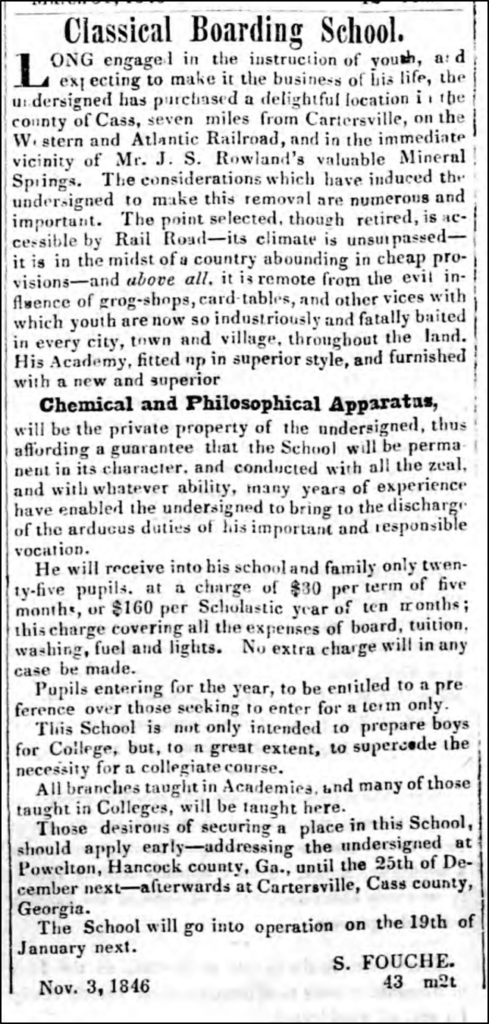
Figure 1: Southern Recorder, 1846
On May 25, 1847, an article appeared in the Macon Georgia Telegraph, an account of a visit to Rowland’s Mineral Springs, “a mile from the mineral Springs is Fouche’s Spring, and a splendid one it is too; a fine road to which affords a beautiful walk mornings and evenings. Parents visiting the Springs will find at Mr. Fouche’s one of the best schools in the State, where they can send their sons during the summer months.”[4] (Note the mention of Fouche’s “splendid” spring. Associated with the dwelling house at Oakland, it helps in establishing the location of the two-story brick structure). While this article doesn’t give details of the structure, another article, from 1848, describes a “commodious brick building” under construction:
My principal object in writing this communication, is to recommend to public notice, the select School, near this place, at Oakland, presided over by Mr. Fouche. Mr F’s capacity to teach and discipline boys, is too well known to need notice. Like Mr. Lanier, in his vocation, his character needs no notice. There are, independently of the qualities of Mr. F. advantages to be found at Oakland, not to be found at any other School in Georgia. It is located within some half or three fourths of a mile from this place, with as fine water and climate, as can be found in the United States, and in view of fine mountain scenery. Mr. F. has a superior philosophical apparatus and has nearly completed a large, tasty and commodious brick building. Perhaps the greatest recommendation to the place, is, its entire seclusion, being many miles from any village or dram shop. Its contiguity to this place is I consider a recommendation. Young gentlemen can occasionally see good society, nay the best in the State. It also presents parents with a very pleasant opportunity of visiting their children and being with them several weeks if they choose. Oakland is about five miles from the Rail Road, and can be reached on a very good road, by hacks, twice a day, during the watering season, and by private carriages at all times, on giving Mr. F. notice. Among the obvious conveniences suggested by this facility of access I prize much, that of speedily seeing my boy in case of sickness or removing him with ease if necessary. Mr. F. has had preaching in his Academy every Sabbath since I have been here, and I believe it is the case the year round. His terms are $80 per year in advance, and washing, lights, &c. provided without any extra charge. Having a son at the school, I have visited it several times since I have been here, and am entirely satisfied with his progress and situation. I found upon enquiry who the various boys are, that Mr. F. is appreciated by the first men in our State, men well know both for intelligence and high character. A.[5]
It is interesting to note that the date of this article is the same year and month of the deed from John Sharpe Rowland to Simpson Fouche (May 15, 1847), conveying the lot “containing by estimate twenty acres more or less and the said Rowland doth by this also alien and convey to the said Fouche his heirs and assigns in consideration the sum of money aforesaid and of the other good and valuable considerations ___ before designated, along with said lot of land herein conveyed and as a right and appurtenance thereto belonging, the privilege of a fresh and unrestricted use of water from the spring flowing southern base of the hill whereon the said Fouche now resides and heretofore known as Louthers spring with the right to erect thereat a convenient spring house.”[6]
So we know that in May, 1847, Fouche had almost finished erecting a “large, tasty and commodious brick building”, and had purchased the spring at the “base of the hill whereon the said Fouche now resides.” It was also in 1847 that he first advertised his school using the name “Oakland”.
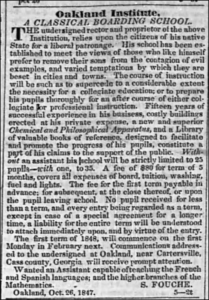
Figure 1: “Oakland Institute”, Georgia Telegraph, Oct. 26, 1847
While Fouche placed advertisements for an 1849 session, there is no record of one. He later relocated to Kingston[7], then Rome, Georgia. From the available records, it appears that Fouche was at Oakland for just two years.
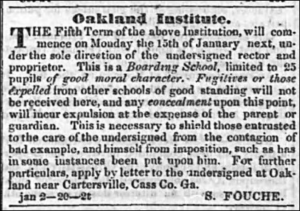
Figure 2: Georgia Telegraph, January 9, 1849[8]
John Sharpe Rowland 1850-1859
John Rowland owned the nearby Rowland Springs, which were in operation for most of the decade 1850-1860. With no more information on Rowland’s ownership, we can only narrow it down to this decade. In his will dated February 11, 1860, he bequeathed to his wife Frances much of his property, including lot number “three hundred and seven excepting about forty acres sold to Fulmore and now owned by John W. Lewis…”.[9] (John W. Lewis was the brother of Rowland’s wife Frances).
Joseph R. Fulmore 1850-1859
Wealthy South Carolina merchant Joseph R. Fulmore was enumerated in the U.S. census on September 26, 1850, in the 12th division of Cass County, Georgia[10], with his wife, daughter and what appears to be two family groups of slaves, 12 total[11]. Fulmore represented Cass County in the Georgia legislature, and was active as late as December, 1858:
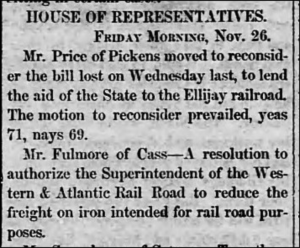
Figure 2: Cassville Standard, Dec. 9, 1858[12]
John W. Lewis 1859-1861
While the exact date on which John W. Lewis obtained the Oakland property isn’t clear, we do have the following, which indicates that Lewis was living at Oakland as early as 1859:

Figure 3: Cassville Standard May 26 1859[14]
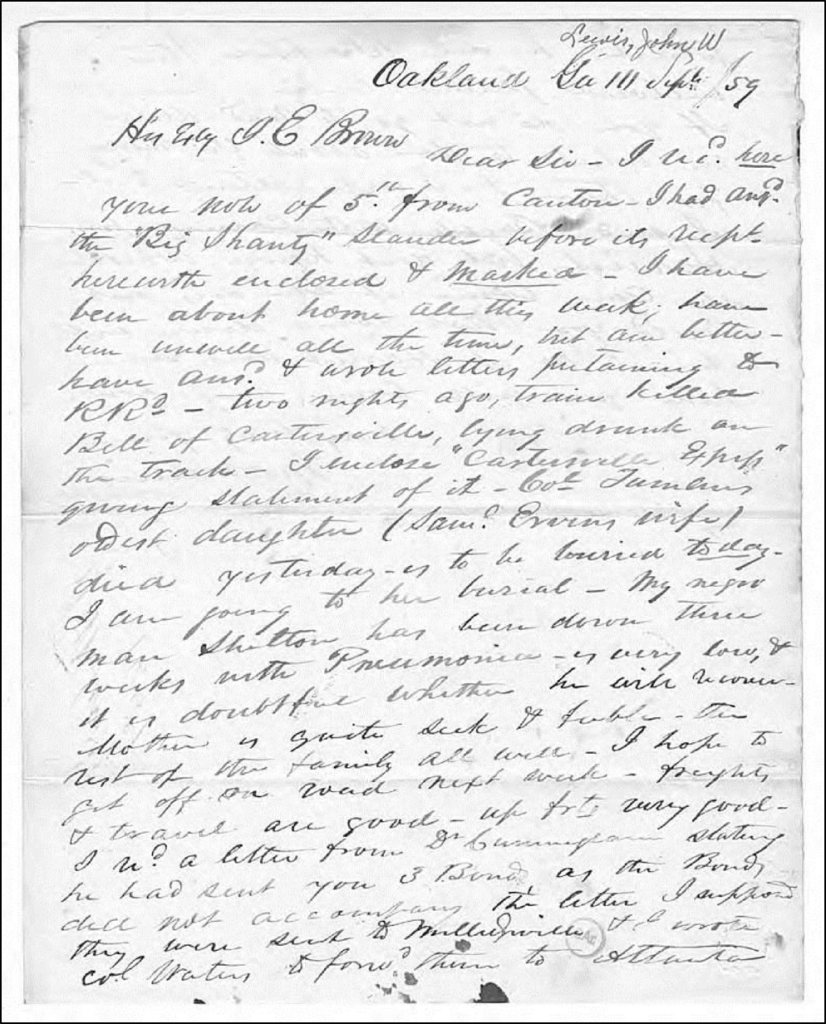
Figure 4: John W. Lewis to Gov. Joseph E. Brown[15]
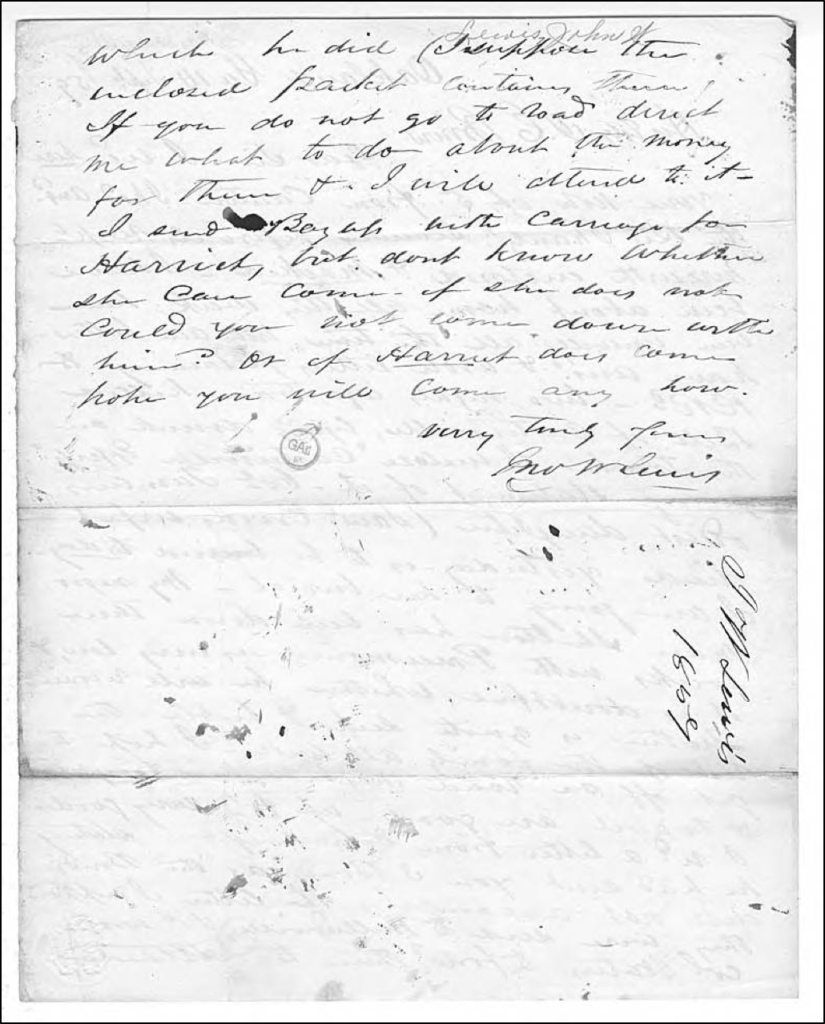
Figure 4: John W. Lewis to Gov. Joseph E. Brown[15]
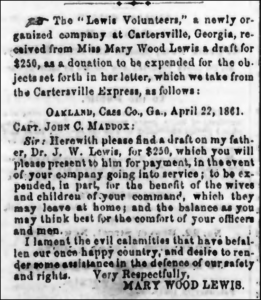
Figure 5: (Atlanta) Southern Confederacy, Apr. 27, 1861[16]
James W. Armstrong 1861-1881
On September 9, 1861, for the sum of $5,500, Dr. John W. Lewis sold Oakland to Gen. James Watson Armstrong of Macon:
Page 314
This indenture made and entered into this ninth day of September Eighteen hundred and sixty one between John W. Lewis, of the county of Cass of the one part & James W. Armstrong of the county of Bibb & same state of the other part. Witnesseth: that for & in consideration of the sum of five
Page 315
Thousand five hundred dollars by the said James W. Armstrong ________ to be paid to the said John W. Lewis at & before the sealing & delivery of these presents, the said John W. Lewis hath bargained, sold, released & conveyed unto the said James W. Armstrong, his heirs & assigns, all of a certain tract or parcel of land, it being a part of lot number three hundred & six (306) in the fifth district of the third section of original Cherokee now Cass County, bounded as follows: beginning at a stake on the east side of the branch & in the east boundary line of lot number three hundred & six aforesaid about five chains below the spring at the head of said branch and running thence along said east boundary line North 20 chains, 39 links to a stake on said line. Thence west 2 chains 46 links to a stake; thence South 3 chains 39 links to a stake near a pine root; thence west 6 chains 16 links to a post oak corner, then South fourteen chains to a stake corner near a large pine tree; thence South 68 degrees, East 7 chains 11 links to the beginning corner containing thirteen & a half acres, be the same more or less which parcel or tract of land was conveyed by Cooper, Stroup & Wiley to Simpson Fouche & by the said Simpson Fouche, afterward to John S. Rowland, afterwards by J. S. Rowland to J. R. Fulmore, & by him to me. Also one other tract or parcel of land bound as follows: beginning at the South West corner of lot number three hundred and seven (307) in the fifth district of the third section of originally Cherokee now Cass County, thence running North on said line to the North West corner of said lot thence East with the line of said lot 3 chains 33 links to a black jack tree, thence South 5 chains 25 links to a post oak standing in a hollow, thence South a few degrees East on the line of my fence as it now stands, about 15 chains to a stake on the South side of the road leading to Rowland Springs, & near my Stable thence South about 75 or 80 chains degrees, East about five chains to a pine on the branch just below a point at which the little drain on the hollow intersects the spring branch; thence with the said branch as it meanders to a point at which it intersects the Lother, or Fulmore, or Lewis Spring branch thence South a few rods to the line of said lot number three hundred & seven (307) & the district line between the fourth & fifth districts, thence with said line about 15 chains to the beginning corner containing sixty acres be the same more or less. This embraces the twenty acres of land originally conveyed by J. S. Rowland to S. Fouche and afterwards conveyed by S. Fouche to John S. Rowland, it also embraces about three acres a land lying in a long strip on the East side of the twenty acres of land originally conveyed by J. S. Rowland, and also two other tracts or parcels of land lying situate & being in the Fourth District of the third section of originally Cherokee now Cass County & known & distinguished in the plan of said district as the numbers thirty four (34) and thirty eight (38) containing each forty acres be the same more or less.[17]
On the following detail from Map II of the Atlanta Campaign (1864), Oakland is not named, but can be located by the name of its owner, “Armstrong”.
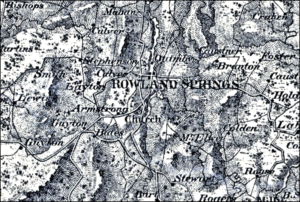
Figure 6: Oakland, ca 1864; at that time owned by Gen. James W. Armstrong[18]
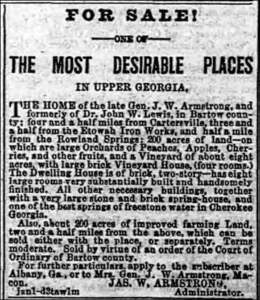
Figure 7: (Macon) Georgia Weekly Telegraph and Georgia Journal & Messenger, Jan. 18, 1870[20
Jacob W. Lewis 1881-1890
General Armstrong’s widow, Jane Armstrong, sold Oakland to Jacob W. Lewis of Bartow County, on March 3, 1881:
Bartow County Deed Book V
Page 634
- R. Armstrong
To
- W. Lewis
Armstrong Place
State of Georgia, Bibb County.
This indenture made the third day of March in the year of (our) Lord one thousand eight hundred and eighty one between Jane R. Armstrong of the County of Bibb of the one part and Jacob W. Lewis of the County of Bartow, said state, of the other part. Witnesseth the said Jane R. Armstrong for and in consideration of the sum of Two Thousand dollars in hand paid at and before the sealing and delivery of these presents, the receipt thereof is hereby acknowledged hath granted, bargained, sold, aliened, conveyed and confirmed, and by these presents does grant, bargain, sell, alien, convey and confirm unto the said Jacob W. Lewis his heirs and assigns all the following lots, tracts, parcels and fractions of land situate in the said County of Bartow, and known and numbered on the plan of said county as follows, viz — thirteen and one half acres (13 ½ ) of lot number three hundred and six (306) and sixty (60) acres of lot number three hundred and seven (307) both of said lots being in the fifth (5th) District & third (3rd) Section of originally Cherokee now Bartow County and whole lots numbers thirty four (34) thirty five (35) and thirty eight (38) in the fourth District and third Section of originally Cherokee now Bartow County containing forty (40) each the whole containing by estimation one hundred and ninety three and one half (193 ½) acres, and known as the place formerly owned and occupied by Genl. James W. Armstrong and by him purchased from D. J. W. Lewis in said county.
The following article from the (Atlanta) Sunny South gives us some insight into Lewis’ life at Oakland:
The (Atlanta) Sunny South, October 17, 1885
Four miles northeast of Cartersville, in the most beautiful and productive portion of Bartow County, lives Jacob N. Lewis, his son Leonard and his young lady daughter, Miss Ida. It was the privilege of the Business Manager of this paper to visit this hospitable home the past week. A large, two-story brick mansion, built after the olden style of architecture peculiar to the South prior to the war – square, with large, low-pitched rooms and massive colonades. It sits upon a hill in a clump of massive oaks and the farm lies all around it, extending in some directions for more than a mile.
Mr. Lewis stands as a link between an age that has past and the present. Though not living in the past, he is not swept along by the rush of steam, but forms a happy combination of the old-time gentleman with the present man of practical ideas and fine business habits. While agreeing that cotton is our great staple, he still sees money in something else, and believes that the true secret to success on a farm lies to diversified crops and close, personal attention. What might be called the “lesser industries” receive much and careful attention at his hands. We were shown certainly as fine hogs as are to be seen anywhere, and a better cow than anybody’s.
Around the house is his apple orchard of many varieties and superior quality. His Buncombe apples are equal to any we have seen, and are very large. They are a fine winter fruit, and keep well. Mr. Lewis showed us about one hundred barrels stored away in his house, which he will sell when the price suits him. We brought samples of this fruit home with us, and it has been greatly admired by all who have seen it.[21]
An interesting instrument appeared in 1889; Jacob W. Lewis granted to E. H. Woodward the rights to use the water from the spring for mining purposes, “provided always that he shall not interfere with the use of the present supply of water for my LouLN Lewis’ Bonded still house.”
Bartow County
Deed Book AA
Page 258
J.W. Lewis
To
- H. Woodward
State of Georgia, County of Bartow, For and in consideration of one Dollar to me in hand paid by E. H. Woodward of the city, county and state of New York, the receipt of which is hereby acknowledged. I do hereby give grant sell convey and make over unto the said E. H. Woodward his heirs and assigns the exclusive right and privilege to convey water in iron pipes or otherwise on across and from my lands, situated, lying and being in the Fifth Dist. and Third Section of said county of Bartow in the state of Georgia known as land lots numbers 306, 307, 34, 35 and 38, or any parts thereof, and also the exclusive right and privilege of using and conveying the water on said lands from a point below my still house, to such points on other lands as the said Woodward may elect for the purpose of washing, settling or manufacturing such ore or minerals as said Woodward his heirs or assigns may require or desire
Page 259
to treat, also the right to sink tanks for storing the water of such dimensions as Woodward may elect at such points by the Branch below said still house, as said Woodward may elect, and of erecting such buildings and placing in position such pumps boilers and other machinery as may in his judgment be required to force such water as said Woodward may require to such points as said Woodward may elect. Together with the right of way and removing such pumps, boilers and other plant as said Woodward may place or cause to be placed thereon, and at such time hereafter as the said Woodward may elect.
It is also hereby agreed that the said Woodward may place his pump, boiler and buildings necessary for aforesaid purposes at a point below my present dam and may should he so elect use and convey the water from the springs from that point, provided always that he shall not interfere with the use of the present supply of water for my LouLN Lewis’ Bonded still house. It being understood and agreed that said Woodward may have and use all the water flowing from said springs when it is not required for still purpose except so much as may be required to keep the trough and tank from leaking…[22]
Lewis died June 19, 1891, and is buried in the nearby Rowland Springs Baptist Church cemetery. Note that I looked for any connection between John W. Lewis and Jacob W. Lewis and was unable to find anything; it seems to be just a coincidence that two owners of Oakland shared the surname “Lewis”, and initials “J.W.”.
George W. Satterfield 1890-1916
On September 5, 1890, the heirs of Jacob W. Lewis sold his land, including the Oakland property, to George W. Satterfield.[23] Satterfield died December 10, 1910, and the Oakland property passed to his sons, John, Walt and William.
Walter White 1916-1925
The Satterfield brothers sold the property to Walter White, on May 14, 1916:
All those tracts or parcels of land lying and being in Bartow County, Georgia, and more particularly, described as follows: 65.48 acres, more or less, off the West side of Lot of land No. 307 in the Fifth Dist. and 3rd section of Bartow County, Georgia; also 14.35 acres, more or less, off the East side of lot of land No. 306 in said 5th District and 3rd Section…[24]
(On July 3, 1923, William H. Lumpkin purchased the property for back taxes at a sheriff’s sale; he quit-claimed the property back to White on June 28, 1924. It was in this document that the property was referred to as “the Brick House place”).[25]
Various Owners 1925-1936
The property transferred to Sheriff G.W. Gaddis (1925)[26], the Flemister Company (1925)[27], W.J. Ham & P.C. Flemister (1927)[28], L.W. Fowler (1927)[29], and to R.L. & C.J. Smith (1930)[30].
Samuel Yoer Tupper 1936-1949
Sam Tupper of Atlanta purchased the property on March 24, 1936[31]. Tupper was in the insurance business, was the Georgia director of the Federal Writers’ Project, author of two novels and a close friend of Margaret Mitchell. The house had been unoccupied for years and in need of repairs, and the Tuppers did extensive renovations. It was during the ownership of the Tuppers that I found the first use of the name “Birdwood”.
In the spring of 1948, the house was struck by a tornado, and the Weekly Tribune News of April 1 reported the following:
“BIRDWOOD DAMAGED”
“Birdwood”, the showplace home of Mr. and Mrs. Sam Tupper, had three large brick chimneys blown from the rooftop. One of the chimneys fell through the roof, and landed on some sturdy rafters, which fact prevented the brick shambles from coming on through and striking Mr. Tupper as he slept in his bed. About the yard, once well-kept, and showing the effects of much care, are seven large trees felled to the ground, with their roots torn up, as if some giant ax-man had been through these parts. No one at the Tupper home was hurt, “but we were scared within a hair’s breath of our lives,” Mr. Tupper admits. He retired ten years ago, after a successful career as an Atlanta insurance executive, and they picked out this site and home as the ideal life’s haven for a family who might have chosen scores of other places throughout the Southland, or abroad, for that matter.[32]
The Lehnherrs
Clarence E. and Vivian J. Lehnherr purchased the property from the Tuppers on March 7, 1949. While undergoing renovations, the house was destroyed by fire on November 18th, 1949. The Weekly Tribune News of November 24th, 1949 reported the fire as follows:
Beautiful ‘Birdwood,’ Lehnherrs’ Ante-Bellum Home, Burns
By JOE DABNEY
The beautiful ante-bellum suburban home of Mr. and Mrs. C. E. Lehnherr burned to the ground at 1 o’clock Friday when a lashing wind from the west cut down any chances of fighting the flames.
No one was injured, but observers at the scene of the burning informed the Tribune-News that practically nothing was saved.
Mrs. Lehnherr and her father-in-law, and two colored maids were at home at the time and discovered flames in the attic about 10 o’clock.
An alarm was sounded promptly but when the Cartersville Fire Department truck arrived on the scene at 10:45, firemen say the roof had already fallen, and the fire had been whipped by the wind so that it was past recovery.
There was no equipment for Mrs. Lehnherr to extinguish the original blaze. Some neighbors arrived soon after the discovery, but nothing substantially could be done.
The home, familiarly and historically known as “Birdwood,” was one of Bartow county’s most historical landmarks. The original structure was well over a century old.
It was known at one time as the ed (?) by the late Walter White.
Mr. and Mrs. Sam Y. Tupper came up from Atlanta and took over the property about five years ago as a summer home, and made many improvements. It was one of Bartow county’s show places.
Approximately six months ago, Mr. and Mrs. C. E. Lehnherr acquired the area and had carried out many extensive renovations for its livability.
Mr. Lehnherr had planned to use much of the surrounding areas for the raising of chickens and turkeys, having purchased the best strains of each which he could find.
The estimated value of the house could not be placed. Besides its material value, it was one of the most historically rich dwellings in the South.
It is generally believed that $20,000 would not replace it.
Located on the road to Canton, I was situated about one mile north of the road to Allatoona Dam.
The Lehnherrs at present are living in the servant quarters. No definite plans other than rebuilding as soon as possible have been made. Mr. Lehnherr said that they would build an ordinary one story structure of the rambling type.
Insurance covered practically one third of the actual value of the building.[33]
The following appeared in the Bartow Herald, November 24, 1949[34]:
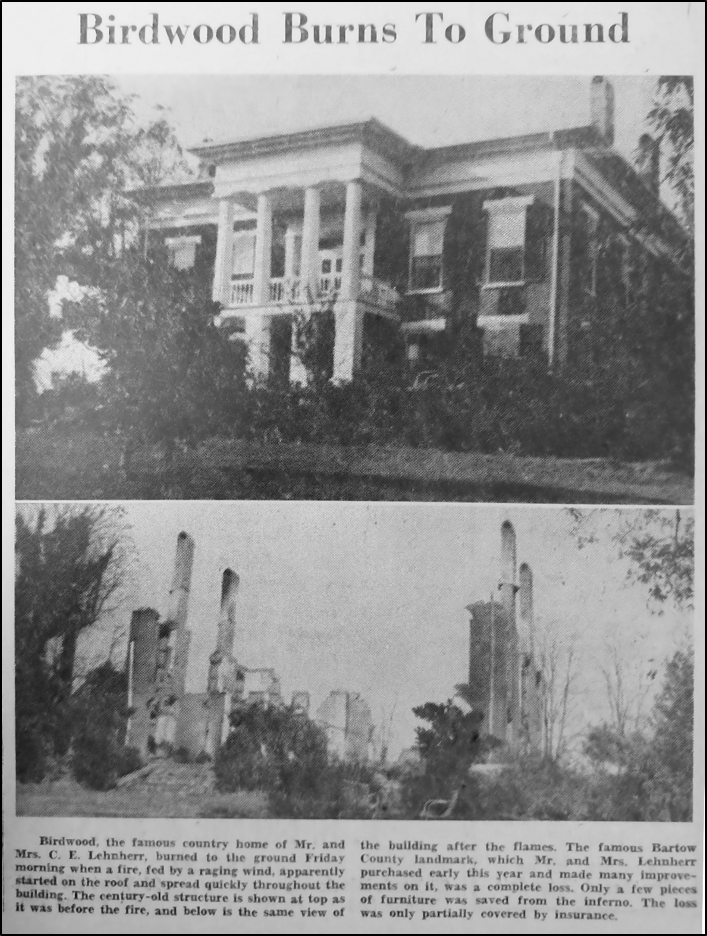
Figure 8: The Bartow Herald November 24 1949
[1] Bartow County Deed Book P, page 314; Superior Court, Real Estate Division, Cartersville, Georgia
[2] Bartow County Deed Book H, page 30; Superior Court, Real Estate Division, Cartersville, Georgia
[3] Milledgeville Southern Recorder, Dec. 08, 1846, Southern Recorder, 1820-1872, The Milledgeville Historic Newspapers Archive, the Digital Library of Georgia
[4] Macon Georgia Telegraph, May 25, 1847, Georgia Telegraph, 1832-1835, 1844-1858, The Macon Telegraph Archives, the Digital Library of Georgia
[5] Macon Georgia Telegraph, Aug. 29, 1848, Georgia Telegraph, 1832-1835, 1844-1858, The Macon Telegraph Archives, the Digital Library of Georgia
[6] Bartow County Deed Book H, page 30; Superior Court, Real Estate Division, Cartersville, Georgia
[7] Nabors, Anne B. “Bridges-Fouche Connection.” Online database by Anne B Nabors, http://wc.rootsweb.ancestry.com/cgi-bin/igm.cgi?op=REG&db=ch3874&id=I377. 16 August 2007.
[8] Macon Georgia Telegraph, Jan. 9, 1849, Georgia Telegraph, 1832-1835, 1844-1858, The Macon Telegraph Archives, The Digital Library of Georgia
[9] “Georgia Probate Records, 1742-1990,” images, FamilySearch (https://familysearch.org/ark:/61903/3:1:3QSQ-G93R-684G?cc=1999178&wc=9SBS-GPK%3A267651501%2C267791901 : 20 May 2014), Bartow > image 165 of 653; county probate courthouses, Georgia.
[10] Ancestry.com. 1850 United States Federal Census [database on-line]. Provo, UT, USA: Ancestry.com Operations, Inc., 2009
[11] Ancestry.com. 1850 U.S. Federal Census – Slave Schedules [database on-line]. Provo, UT, USA: Ancestry.com Operations Inc, 2004.
[12] Cassville Standard, Dec. 9, 1858, Cassville Standard, 1852-1860, North Georgia Historic Newspapers Archive, The Digital Library of Georgia
[13] Ancestry.com. 1860 United States Federal Census [database on-line]. Provo, UT, USA: Ancestry.com Operations, Inc., 2009.
[14] Cassville Standard, May 26, 1859, Cassville Standard, 1852-1860, North Georgia Historic Newspapers Archive, The Digital Library of Georgia
[15] File II, Reference Services, RG 4-2-46, Georgia Archives
[16] (Atlanta) Southern Confederacy, Apr. 27, 1861, Southern Confederacy, 1861-1864, The Atlanta Historic Newspapers Archive, The Digital Library of Georgia
[17] Bartow County Deed Book P, pp 314-316; Superior Court, Real Estate Division, Cartersville, Georgia
[18] United States War Department. (1877) [Maps illustrating the military operations of the Atlanta campaign … 1864]. [New York: American Photo-Lithographic Co.] [Map] Retrieved from the Library of Congress, https://www.loc.gov/item/2008628278/.
[19] Georgia Journal and Messenger December 29 1868, Macon Telegraph Historic Newspapers Archive, The Digital Library of Georgia
[20] (Macon) Georgia Weekly Telegraph and Georgia Journal & Messenger, Jan. 18, 1870, Georgia Weekly Telegraph and Georgia Journal & Messenger, 1869-1880, The Macon Telegraph Historic Newspapers Archive, The Digital Library of Georgia
[21] The Sunny South, October 17, 1885, page 1, Sunny South, 1875-1907, The Atlanta Historic Newspapers Archive, The Digital Library of Georgia
[22] Bartow County Deed Book AA, pp 258-259; Superior Court, Real Estate Division, Cartersville, Georgia
[23] Bartow County Deed Book CC, pp 652-653; Superior Court, Real Estate Division, Cartersville, Georgia
[24] Bartow County Deed Book UU, p 513; Superior Court, Real Estate Division, Cartersville, Georgia
[25] Bartow County Deed Book 61, pp 219-220; Superior Court, Real Estate Division, Cartersville, Georgia
[26] Bartow County Deed Book 62, p 11; Superior Court, Real Estate Division, Cartersville, Georgia
[27] Bartow County Deed Book 62, pp 11-12; Superior Court, Real Estate Division, Cartersville, Georgia
[28] Bartow County Deed Book 64, p 81; Superior Court, Real Estate Division, Cartersville, Georgia
[29] Bartow County Deed Book 64, pp 81-82; Superior Court, Real Estate Division, Cartersville, Georgia
[30] Bartow County Deed Book 67, p 335; Superior Court, Real Estate Division, Cartersville, Georgia
[31] Bartow County Deed Book 72, p 161; Superior Court, Real Estate Division, Cartersville, Georgia
[32] The Weekly Tribune News, April 1, 1948; microfilm image, Etowah Valley Historical Society, Cartersville, Georgia
[33] The Weekly Tribune News, November 24, 1949; microfilm image, Etowah Valley Historical Society, Cartersville, Georgia
[34] The Bartow Herald, November 24 1949; Bartow History Museum Archives, Cartersville, Georgia

